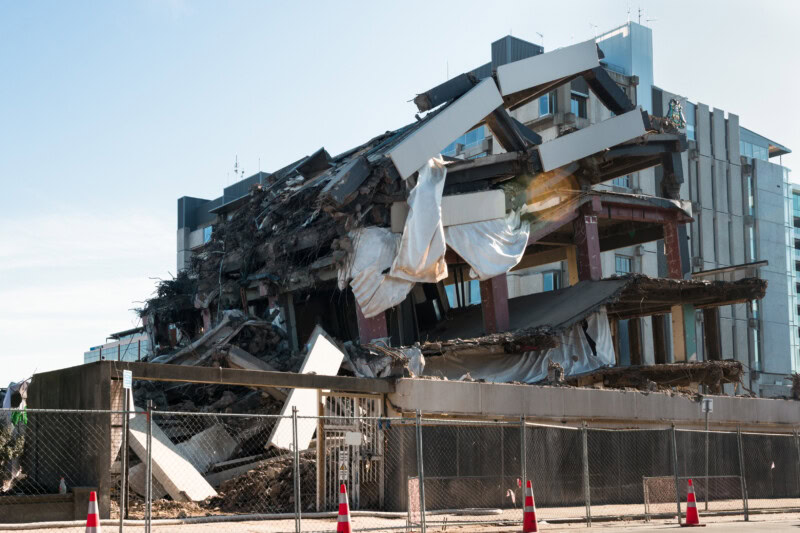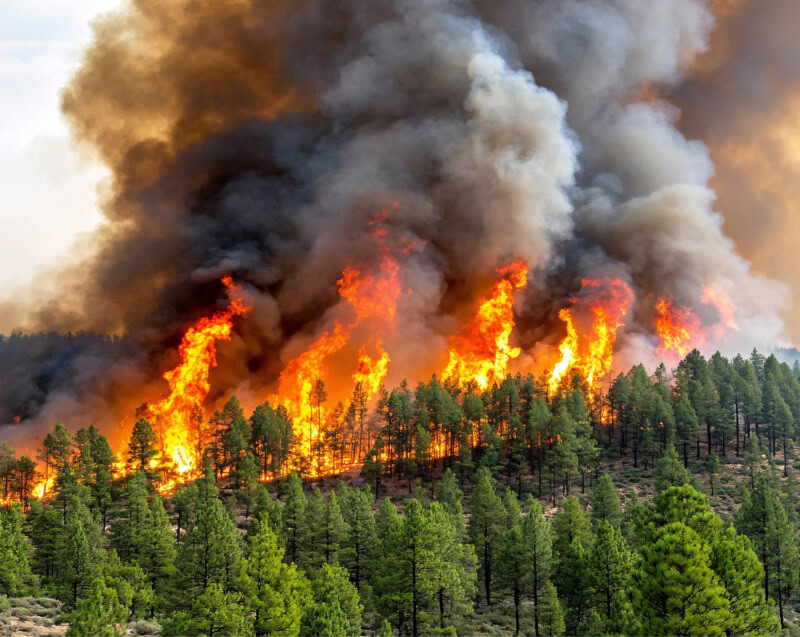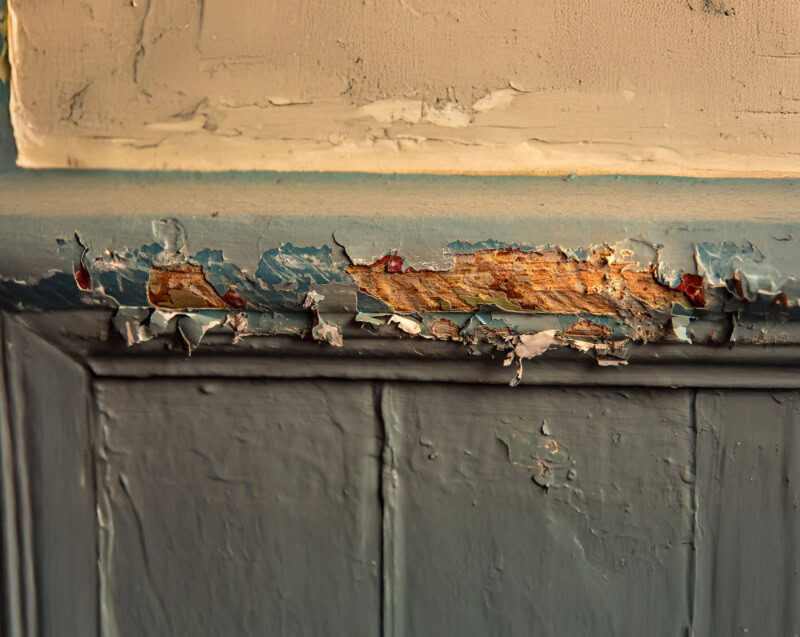After a hurricane, deep freeze, wildfire, plumbing break, or other damaging disaster, many companies and property owners have millions of dollars of insurance claims to sort through. CTEH’s building and mitigation expert, Andy Williams, calls mitigating these claims a “lost art.” In today’s blog post, we go over what building and mitigation consulting services entail, and why they’re important.
Q: What are mitigation consulting services?
Andy Williams: When a building is damaged, you want to stop it from getting worse. That’s mitigation. What happens is, the adjustor for the insurance company receives a claim, and will determine the loss size, like if the building is wet, or if it’s had a fire, or anything like that. The adjustor then calls us and asks us to become a consultant on the project, to work with the contractor and make sure the scope is the correct, the contracts are correct, and the pricing is good, so we know they’re moving fast enough, that the price is right, and they can get back into business quickly.
We write an estimate that the insurance company or adjustor will use to see how much it should take to put everything back together – so once everything is dried up, cleaned up, and torn out, we write an estimate, we review the mitigation contractors bill, and we create an estimate of cost. A lot of times, we will negotiate a reasonable agreement with the contractor on the cost. That, in a nutshell, is what we do.
Q: What types of disasters and events have you worked on?
A: I’ve worked on every hurricane since 1991. I’ve been involved with mitigation and building construction services for commercial loss since about that time. So, I’ve also worked on fires, floods, hurricanes, earthquakes, mudslides, freeze events, wildfires, pipe breaks in buildings, sewage and sewer system backing up into buildings, and indoor plumbing on buildings. There have even been new buildings where the contractor started a fire or flooded the place by hitting some plumbing.
Q: After a disaster, what are some common things clients overlook if they don’t hire a mitigation consultant?
A: They might overlook the importance of the critical path: what comes first, what comes second, and what you’re doing and why. Many times, companies want to get their equipment out as fast as possible, regardless of whether they’re putting it in the right spots, or have really identified the damage. So they might sacrifice doing a good job for getting the equipment out quickly. For us, what’s important is we understand what’s damaged, then we size things correctly and build the right scope before you get started.
There’s a correct sequence of events, depending on the event, and many companies don’t go in the right sequence. For example, if the building is wet, you’d need to do moisture mapping. If you come to a wet building a week after an event, you don’t try to figure out what was wet, you figure out what is wet today. And there are different categories of water, so you’d need to be cognizant of that. Also, when time and materials are estimated, companies are often out of bounds on at least five to 10 items.
There’s so much that goes into crafting a good mitigation project. It takes years and years of field experience and training to get a good understanding of that. It’s important to have somebody who knows what they’re doing, who can see the good and the bad, and make sure the contractors are put on the right path. Mitigation is a lost art, not many people do it well.
Q: What sets CTEH apart in delivering these services?
A: We have a large, trained, common-sense worthy employee pool that we pull from to do services all around the country. Experienced clerks and moisture mappers help gather the correct scope quickly. We have the ability to get onto projects fast with the right people and equipment. That’s huge: there’s just a ton of people ready to do the right thing, and are trained well.
We’ve also developed a new application in our system that creates a quick and complete report which we can do as soon as we’re done with the first inspection. It gives a speculation of cost, budget, photos, and how long the project should take. We can send this to the adjustor the same day, or at the latest, the next day. We can also do building consulting services, where we actually have a person at the building after an event to assess the damage.
Do you have need of building mitigation or building consulting services? Visit CTEH.com to learn more about what we can do for you.




